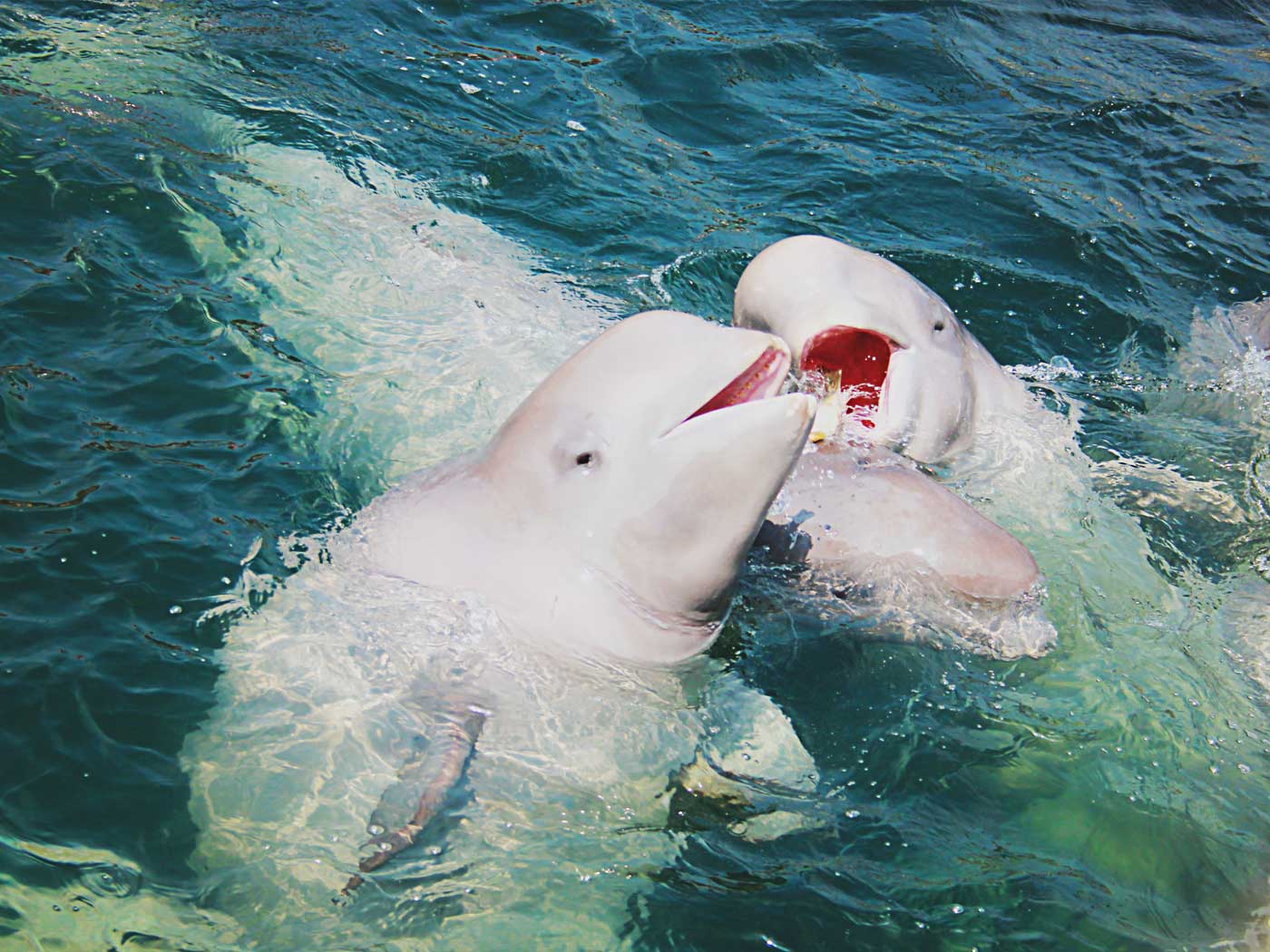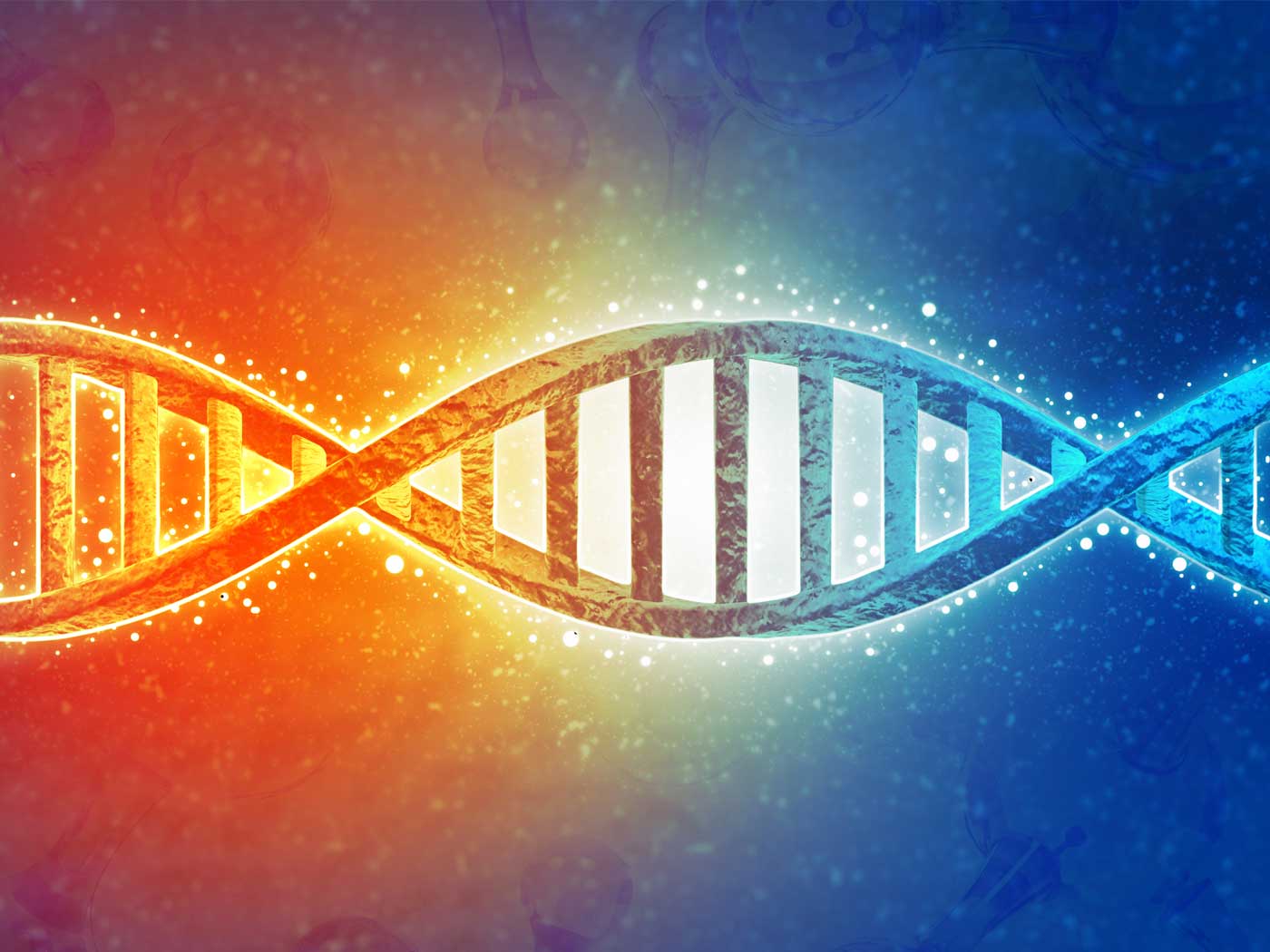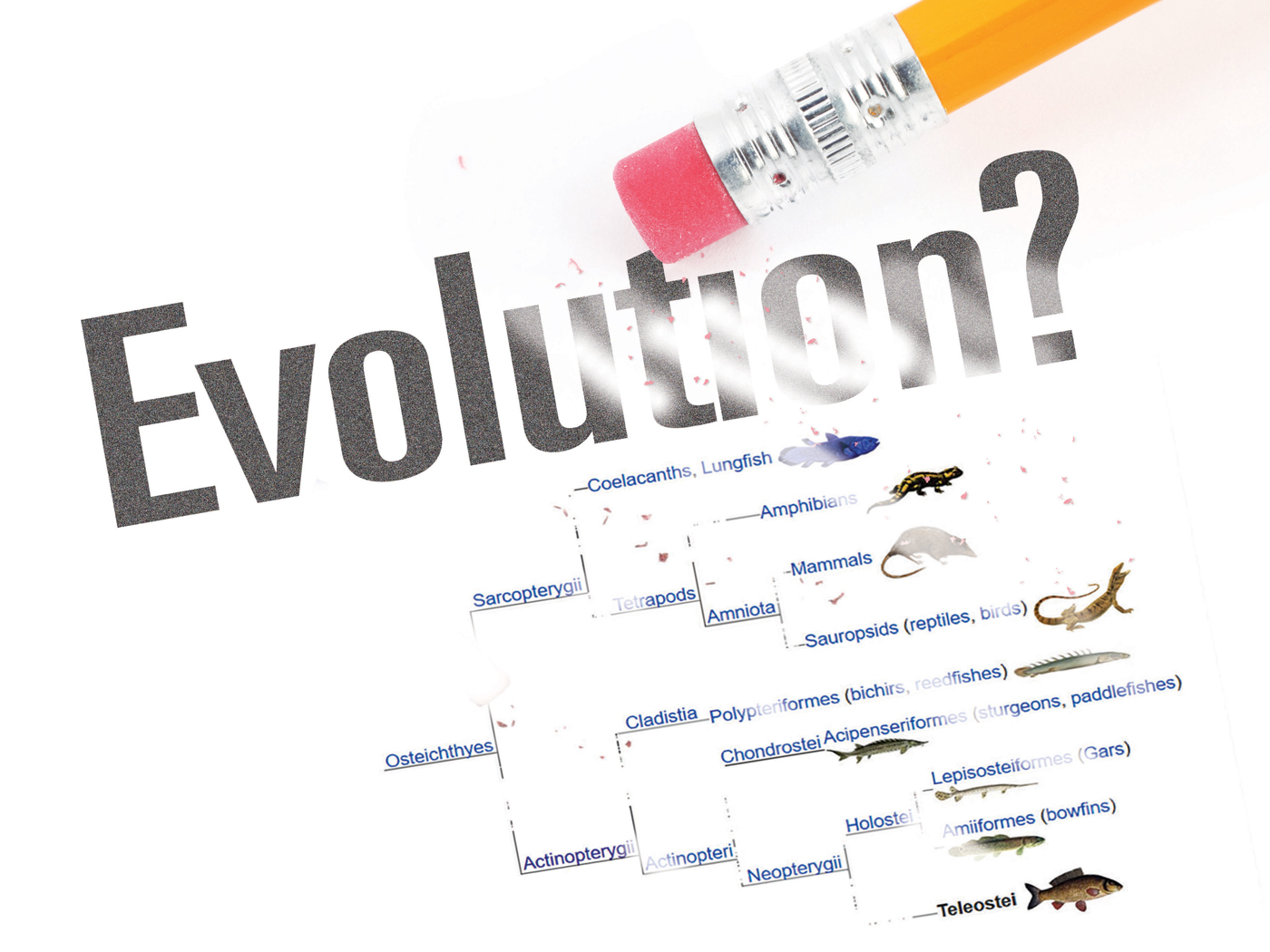When I was in Moscow a couple of years ago, I lectured to a large group of biology teachers and museum curators at the Museum of Biology in Moscow. After my talk, which was enthusiastically received by all present (except the two Ph.D.'s from the nearby Museum of Evolution), I was given a tour of the museum. Hundreds of school students visit each day, in addition to others of the public. Thus the exhibits were geared to convince students that there is no doubt about evolution—a vital point in Communist education.
One exhibit (in the Darwin Room) was especially effective. As gruesome as it seems, newborn babies, in jars of formaldehyde, were displayed, all of whom exhibited some abnormality which seemed to be a "throwback" to animal ancestry.
One baby had several pairs of nipples in a "nipple line," showing relationship to a dog or pig. Another baby was covered with hair, and was called a "monkey baby." Still another had a "tail." There is no doubt, they believe—humans descended from animals.
This was not my first exposure to such evidences. I had been forced to seek out an answer when all three points were brought out in a debate against a biology professor in Long Beach, California.
As it turns out, evolutionists who know something about these problems don't consider them to be an argument for evolution. Instead, these abnormalities represent fetal development problems, and have nothing at all to do with ancestry. Even more serious abnormalities do occur in a host of expressions, which bear no resemblance at all to any possible ancestor.
You see, almost every cell in the developing fetus (and in the adult body) contains the complete genetic code. Thus each cell possesses, in principle, the information necessary to grow into muscle, bone, teeth, blood, nerve, or organ.
Normal development requires an amazing sequence of events. Growth of each component must occur at the proper time and to the proper extent. Throughout the growth, a variety of proteins are secreted which trigger the growth. The lack of the protein trigger, or the improper amount, or faulty timing will produce abnormal development. The marvelous DNA code oversees and governs this development in a healthy environment.
But if the environment undergoes some sort of shock, this intricate sequence could be interrupted. Examples of this shock might be due to malnutrition, or be drug induced, or temperature related, or even due to physical impact.
The most important thing to remember is that the damaged information which produced these developmental abnormalities is not usually present in the reproductive cells, and thus is not passed on to offspring. A person born with multiple nipples can grow to maturity and have children, and their children would have no greater likelihood of having multiple nipples than any other child has. Since the expressed trait is not inherited, it obviously was not inherited from one's ancestors, whether animal or not.
Why, then, is this used as evidence for evolution? Beats me! I guess there's just nothing better to use.
*Dr. John Morris is the President of ICR.






















